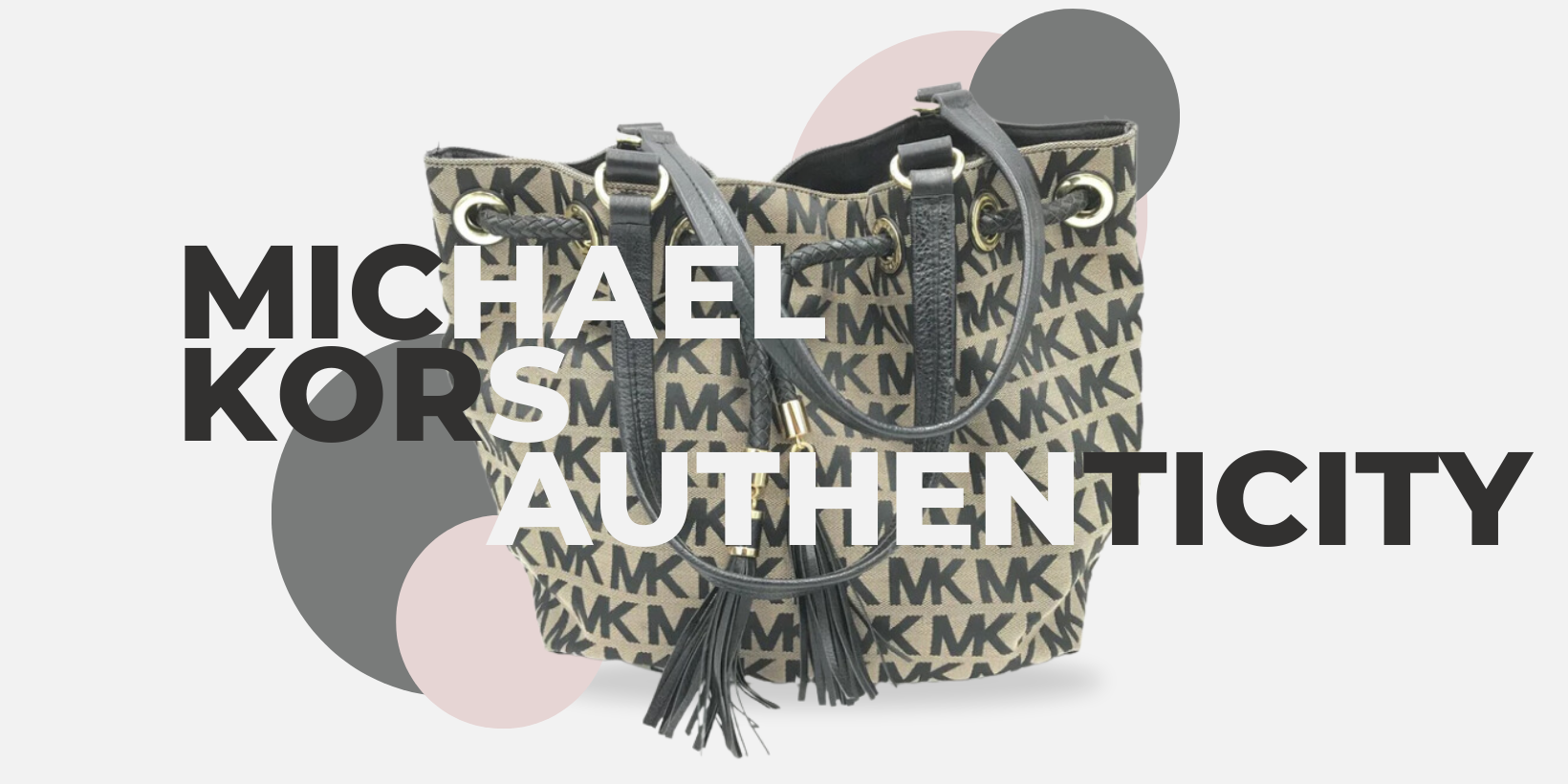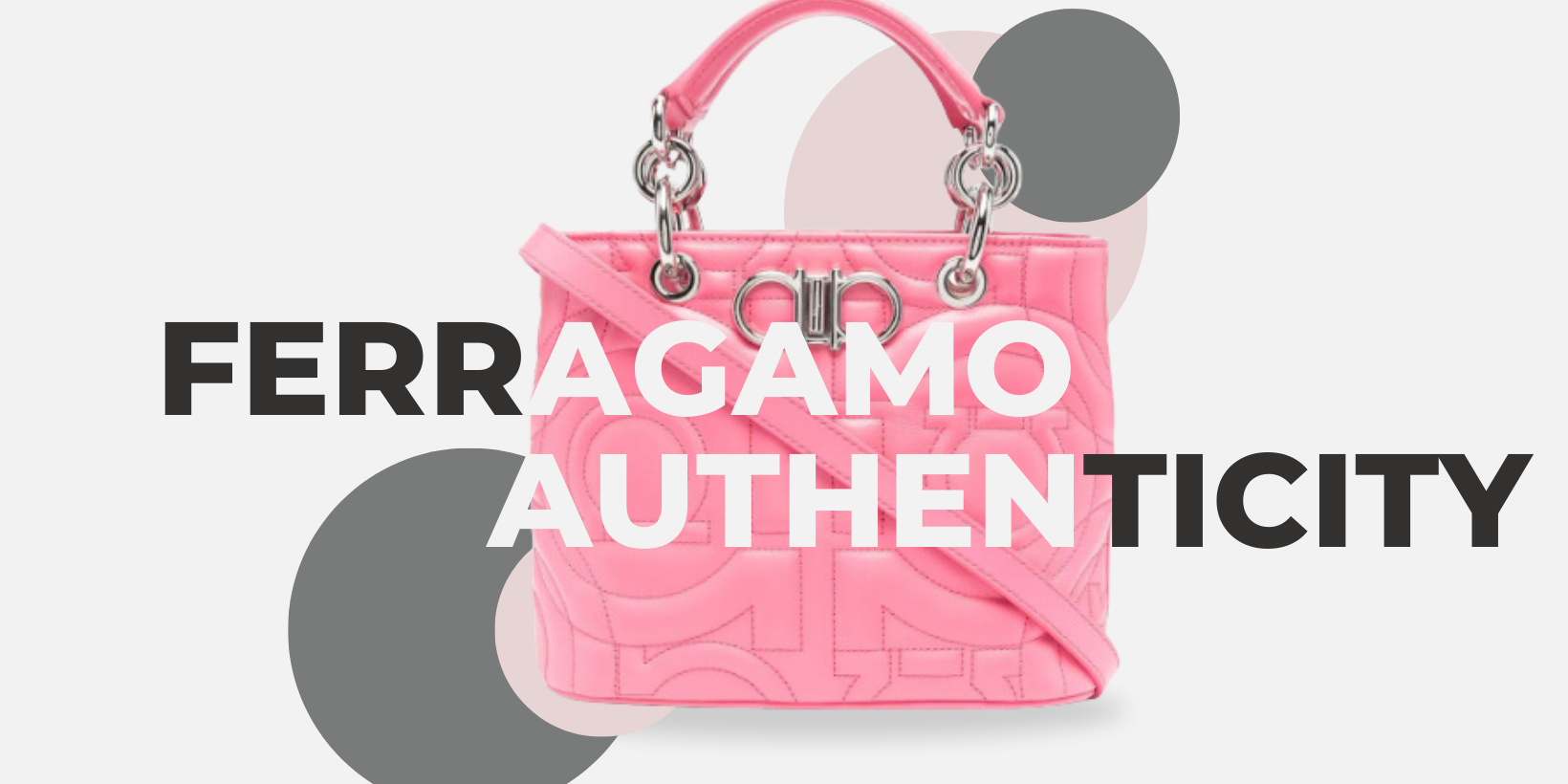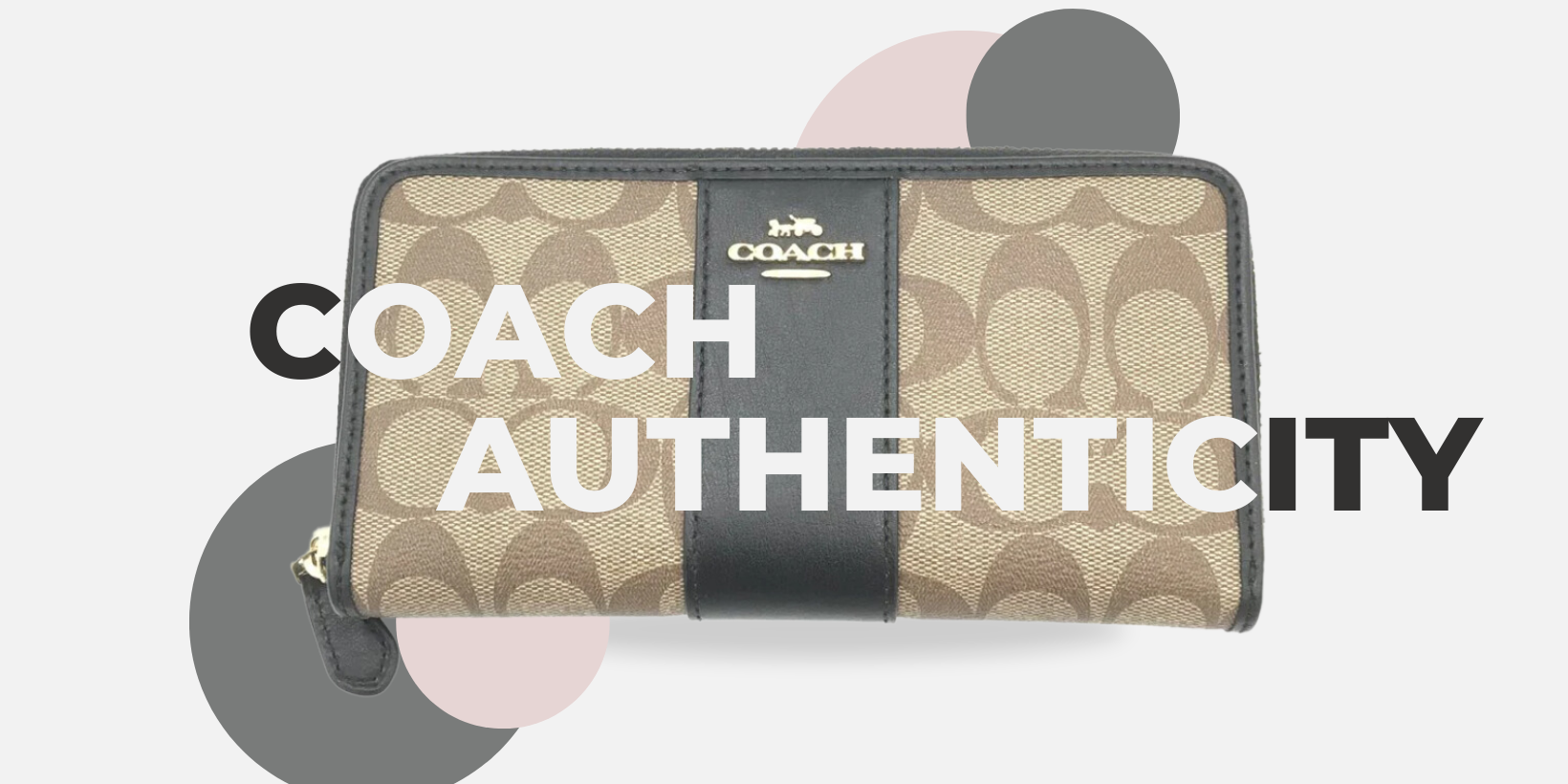Gucci Authenticity
There is no denying that Gucci is one of the most iconic fashion houses in the world, adored for its timeless designs and unparalleled quality. However, this global popularity also means that numerous counterfeit pieces can be found in many markets globally, making it challenging to differentiate between authentic and fake Gucci pieces.
Here's a detailed guide for you to understand the key factors to consider when inspecting a Gucci piece to ensure its authenticity:
Logo and Branding
Gucci's logo is the foundation of its branding, dating back to the 1960s when the famous interlocking double G's made their presence on accessories and fashion collections. There are different versions of the logo throughout the brand's history. One of the notable ones is the modern logo featuring the brand name "Gucci" written in a modern font used in recent years. While inspecting for authenticity, look for symmetry in the print, and the brand name's placement in various positions inside and outside the piece.
Hardware
The quality and attention to detail of Gucci's hardware is among the factors that set the designer brand apart. Gucci's hardware has evolved over the years from brass hardware with a gold finish for pieces made in the 1980s to silver-tone hardware used in the 1990s. The brand now incorporates palladium in its more recent pieces. When authenticating Gucci hardware, check for a uniform finish across the piece and the Gucci logo stamped on every part, ensuring it feels sturdy and weighty.
Stitching
Perfect stitching is one of Gucci's quality indicators, distinguishing an authentic piece from a counterfeit replica. The company uses high-end sewing machines to ensure that every stitch is consistent throughout the entire piece. Stitching patterns have undergone changes throughout Gucci's history, and currently, the standard is six to seven stitches per centimeter. Pay particular attention to smaller details like a stitch's tightness, the thread's color, and even alignment.
Leather
Gucci has a reputation for using high-quality leather, including calfskin, lambskin, and python, in their pieces. When authenticating Gucci leather pieces, ensure the leather feels softer to the touch and supple, giving the piece a luxurious feeling. There should be no scratches or marks on the leather, while the grain flows smoothly and evenly throughout the piece. The leather finish has also evolved over the years, changing from glossy to matte finishes, depending on the fashion collection.
Canvas
Gucci pieces are also notable for their stylish canvas materials, mainly used for luggage, bags, and shoes. Gucci's design patterns often include the GG monogram canvas in the 1970s or the GG logo pattern plastered with the word "Gucci" in the 1990s. Authentic Gucci canvas pieces should feel sturdy and free from cracks or damage, with the design pattern being uniform throughout the piece.
Serial Numbers
All authentic Gucci pieces have a unique serial number, which can help determine the piece's legitimacy. The serial number tag is typically inside the piece and should match the one on the original packaging or authenticity card available at purchase. The format and location of the serial number tags have occasionally changed over the years, so a good eye for detail is crucial.
Gucci's authentic pieces are known for their exceptional quality, attention to detail, and timeless designs. As a consignor it's crucial to understand these six key factors when authenticating Gucci pieces before consigning them.





